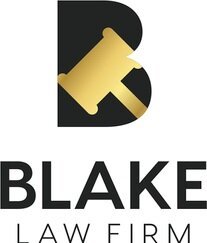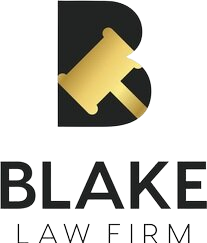ENCROACHMENT AND WHAT YOU CAN DO ABOUT it
Encroachment is generally described in real estate as one property owner violating their neighbor's rights by building or extending some feature and crossing onto their neighbor's property lines, either above or below ground; or by use of the land by the public, such as a trail or walking path. An example of a major encroachment is construction of a building that extends over the property line, and a minor encroachment being overhanging tree branches onto a neighbor’s property. Some encroachments, like the tree limb example, may just be minor annoyances and not worth the time and money to have remedied unless they become a danger to health and safety. Major encroachments, such as a building as structure, or installing utilities underground, on another’s property should be of concern to the affected property owner. These types of major encroachments can ripen into a legally enforceable right by the encroaching party over the affected neighbor’s land, such as becoming an easement by prescription that damages the value of the affected neighbor’s land.
Is there any way to prevent encroachments? Yes, Civil Code Section 1008 was added in 1965 and very directly provides that “no use by any person or persons, no matter how long continued, of any land, shall ever ripen into an easement by prescription: if the owners post the following notice: “Right to pass by permission, and subject to control, of owner. Section 1008 of the California Civil Code.”
This notice must be posted at each entrance to the property or at intervals of not more than 200 feet along the boundary. It is better to post such notice at all entrances and at 200-foot intervals all around the property. The landowner should maintain a record of the postings, including dates and photographs and who witnessed the postings. Such signs are often posted on fences and/or imbedded into sidewalks. However, in order to defeat an existing encroachment, the posting must predate the encroachment before it ripens into a prescriptive easement, which is normally five years.
In addition, Civil Code Section 813 was enacted in 1963 to allow owners a way to prevent prescriptive easements without resorting to the filing of a lawsuit. An owner may record with the county recorder a notice substantially as follows: “The right of the public or any person to make any use whatsoever of the above-described land or any portion thereof (other than any use expressly allowed by written or recorded map, agreement deed or dedication) is by permission and subject to control of owner.” However, this solution applies only for a very narrow range of situations. Civil Code Section 813 provides: “After recording a notice pursuant to this section , and prior to any revocation thereof, the owner shall not prevent any public use appropriate thereto by physical obstruction, notice or otherwise.”
The take-away is that recordation of a Civil Code Section 813 notice is most helpful in situations where a landowner knows that use of the affected property cannot be entirely prevented, such as with properties near beaches, lakes and other recreational areas, and those with large tracts of unoccupied land. The recorded notice is conclusive evidence that subsequent use by the public or by any user is permissive and with the consent of the owner. This permission may be conditioned upon reasonable restrictions on the time place and manner of the use. If the use causing the concern is by a particular person or persons, the notice must be served on the user(s) by registered mail. The recorded notice may be revoked by recording a notice of revocation. However, the recording of a notice pursuant to Section 813 does not affect any rights already vested at the time of the recording.
What are the remedies for encroachment? If the encroachment cannot easily be physically moved off of your property, such as cutting off the overhanging tree branches if it does not damage the tree and is done in a reasonable manner, one solution is to sell the portion of the land encroached upon to the trespassing neighbor. Another is to give the neighbor permission for the encroachment in writing, which permission may be withdrawn at any time. Or, you can grant your neighbor an easement over your land for a price. If your neighbor is uncooperative, you may want to consider filing an action in court, called a quiet title action. As there are various statutes of limitations affecting whether an encroachment can be legally challenged in court and whether there are defenses to the court action, it is important to take action quickly when you first discover an encroachment, or you may have waived your right to challenge it and your property will be permanently impacted. If you need help with encroachment issues, please contract our office and we would be more than happy to discuss your situation with you.
The information provided above does not, and is not intended to, constitute legal advice. All information, content, and materials are for general informational purposes only and do not create an attorney-client relationship. The experienced and knowledgeable attorneys at Blake Law Firm are available to answer your questions and help you navigate your real property issues.



